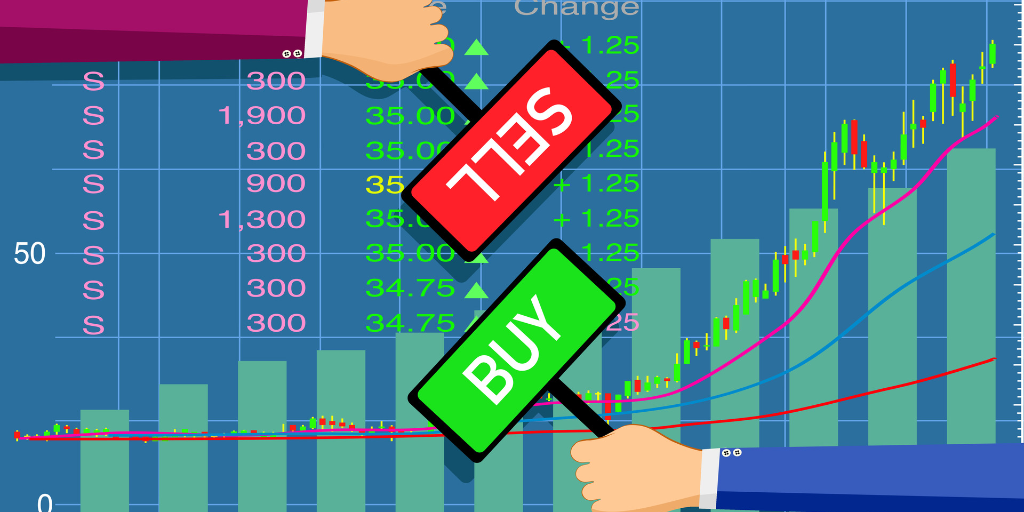27
2024/08
Why only 5% of traders succeed: Mastering the principles of wealth creation in trading
The question often arises: “Why do only a small percentage of people ultimately become wealthy?” The answer, while complex, boils down to one key reason: most people need to prepare to do the things that consistently lead to wealth. This principle is particularly relevant in trading, where most participants lose money, just as most people remain in the lower to middle-income brackets.
Excluding uncontrollable factors like being born in underdeveloped areas or having severe disabilities, the main reason 95% of people fail in trading, business, and wealth creation is similar. So, what do the top 5% of traders do differently?

1.Hold Trades for Longer
One of the key differences between successful traders and the rest is their ability to hold trades longer. Time is often the most overlooked component of trading. Some of the best trades take longer than initially expected to materialize. Many traders need patience, discipline, and self-control to let their trades play out. You can significantly improve your trading outcomes by harnessing time and resisting the urge to close trades prematurely.
2.Set Stop-Losses Wisely
Setting stop-losses correctly is crucial for becoming a successful trader. The top 5% have mastered the art and science of stop-loss placement. Often, traders correctly anticipate the market’s direction but set their stop-losses too tightly, resulting in being stopped out by normal price fluctuations. Learning to set stop-losses at the proper levels allows you to stay in the game longer and capitalize on your market predictions.

3.Focus on Clear Charts and Daily Close Data
Successful traders focus on clear daily closing charts and use higher time frames for the most accurate market picture. Scalp or short-term trading is often a losing game, making the process more difficult, time-consuming, and stressful. By concentrating on higher time frames and clear chart patterns, you can make more informed decisions and increase your chances of long-term success.
4.Use a Clear Trading Strategy
Professional traders know exactly what they’re looking for in the market. They have a clear set of setups and strategies and patiently wait for the conditions to align perfectly with their entry signals. A clear trading plan, including printed charts of your best setups, is crucial for success. Without a defined strategy, you’re more likely to make impulsive decisions that lead to losses.

5.Set a Reasonable Risk/Reward Ratio for Each Trade
Understanding and applying risk/reward principles is critical for top traders. They know how to set stop-losses and targets to maximize their risk/reward ratio. To do this effectively, resist the urge to interfere with your trades, allowing them to run their course. Maintaining a disciplined approach to risk management can protect your capital and achieve consistent profits.
6.Think and Act Correctly in the Market
Your mindset and actions in the market determine your long-term profitability. Successful traders maintain calmness and confidence even in the face of temptation and adversity. This ability comes from years of practicing correct thinking and actions in the market. By developing the right mindset, you can navigate market fluctuations with greater ease and consistency.

7.Write Daily/Weekly Market Summaries or Journals
Successful traders keep daily records or market reviews to sync with the market. This practice helps them stay updated on what has happened, is happening, and might happen. Documenting your market thoughts and observations can elevate your trading by providing insights that might go unnoticed.
8.Treat Trading as a Business
Professional traders treat their trading careers like businesses. They manage costs (losses, equipment, etc.) and income (profits) with discipline, ensuring that income exceeds costs for profitability. Most traders fail because their costs are too high due to excessive losses, risk, and a lack of a solid strategy. Approaching trading with a business mindset can create a sustainable path to success.

9.Bounce Back After a Loss
Resilience is crucial in trading. You will experience losses, but recovering mentally and moving on without letting losses affect your emotional state is vital. If needed, take a break to cool off before resuming trading. The ability to bounce back after setbacks is what separates successful traders from the rest.
Master Yourself to Master the Market
In summary, mastering yourself is the key to mastering the market. The top 5% understand that while no one can control the market, they can control themselves. By embracing continuous learning, staying open-minded, and refusing to accept failure, you have a real chance of rising from the bottom 95% to the top 5%. Remember, trading has no “holy grail”—only discipline, planning, and unwavering dedication.

Achieve Trading Success with WisunoFx
Success in trading is not just about skill and knowledge; it’s also about patience and discipline.
Experience excellence with Wisunofx, your premier destination for online trading solutions! With years of industry experience and a commitment to excellence, we deliver superior value to our clients, combining cutting-edge technology with personalized service to meet their unique trading needs.
Our platform offers a wide range of tradeable instruments, including currencies, commodities, and indices, with ultra-fast execution, competitive pricing, and deep liquidity, ensuring you can seize opportunities in the ever-changing financial markets.
At Wisunofx, we prioritize providing a secure and transparent trading environment with industry-leading encryption technology and strict regulatory compliance measures to safeguard your funds.
Start your journey toward trading success and join the thousands of clients who are already growing their wealth with confidence by opening a live account with WisunoFx today at:
https://tw.wsncrmc.com/register/trader/multi-step
Note: Trading financial products involves high risks and may not be suitable for all investors. Please ensure you fully understand the risks and implement appropriate management measures.





